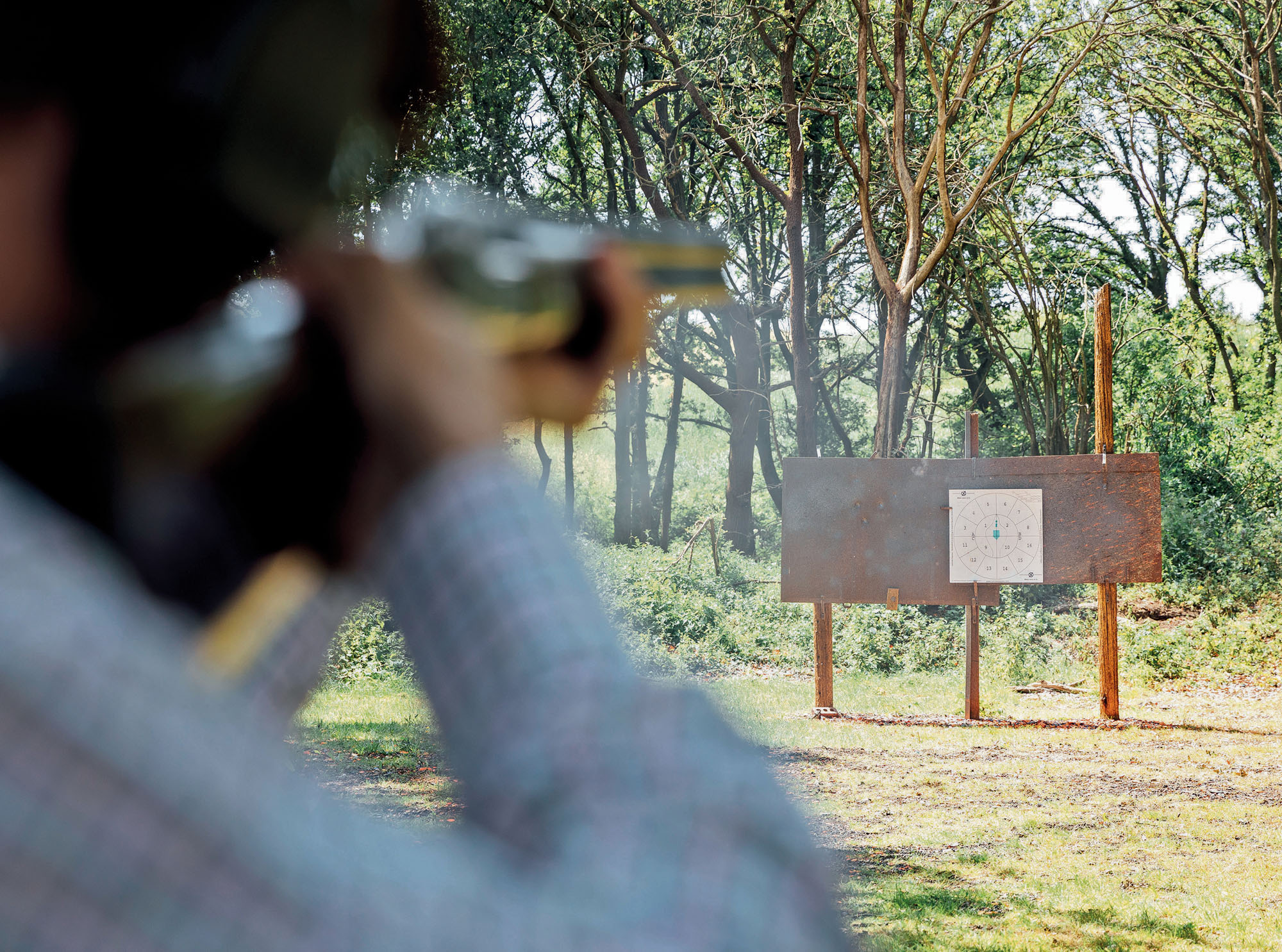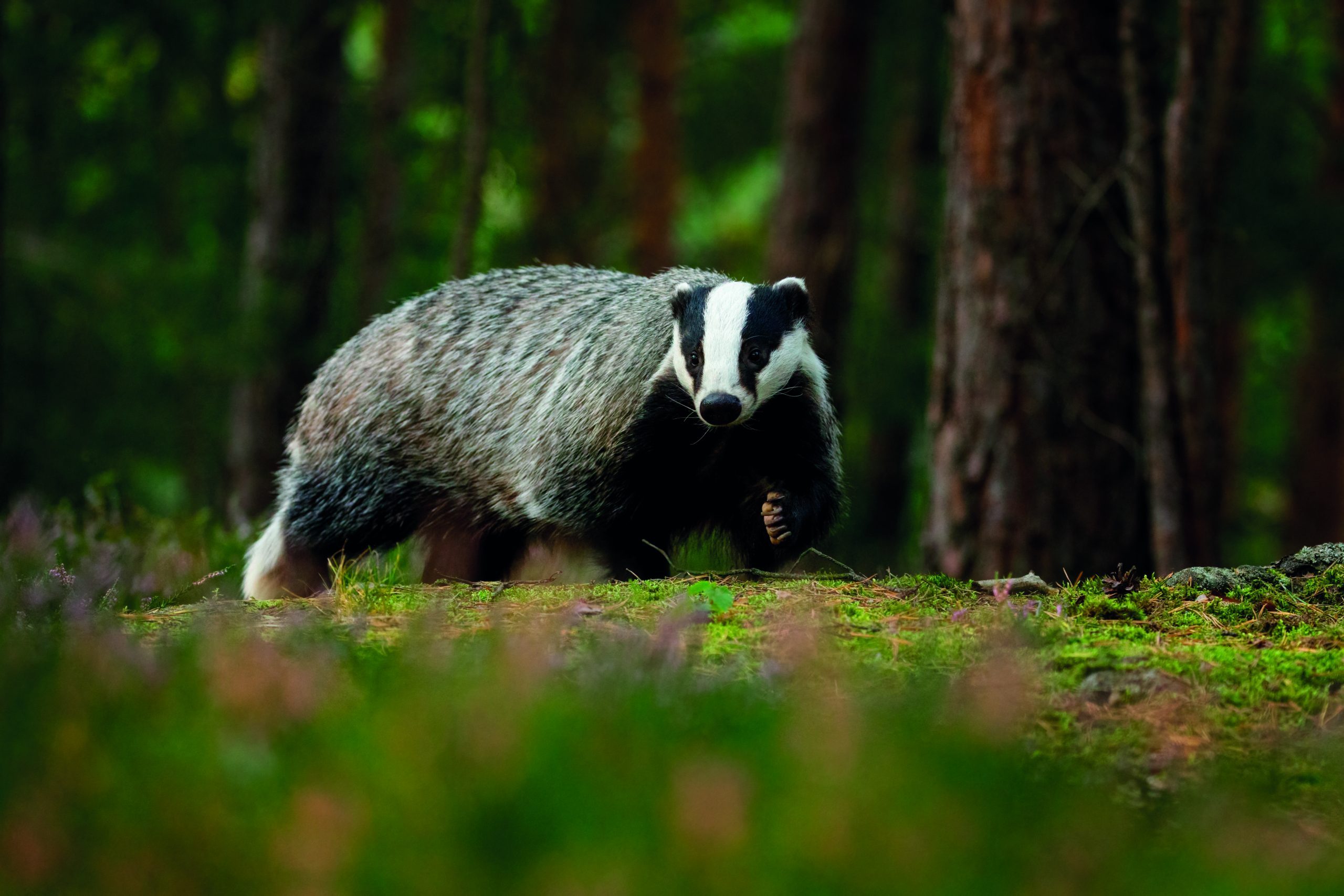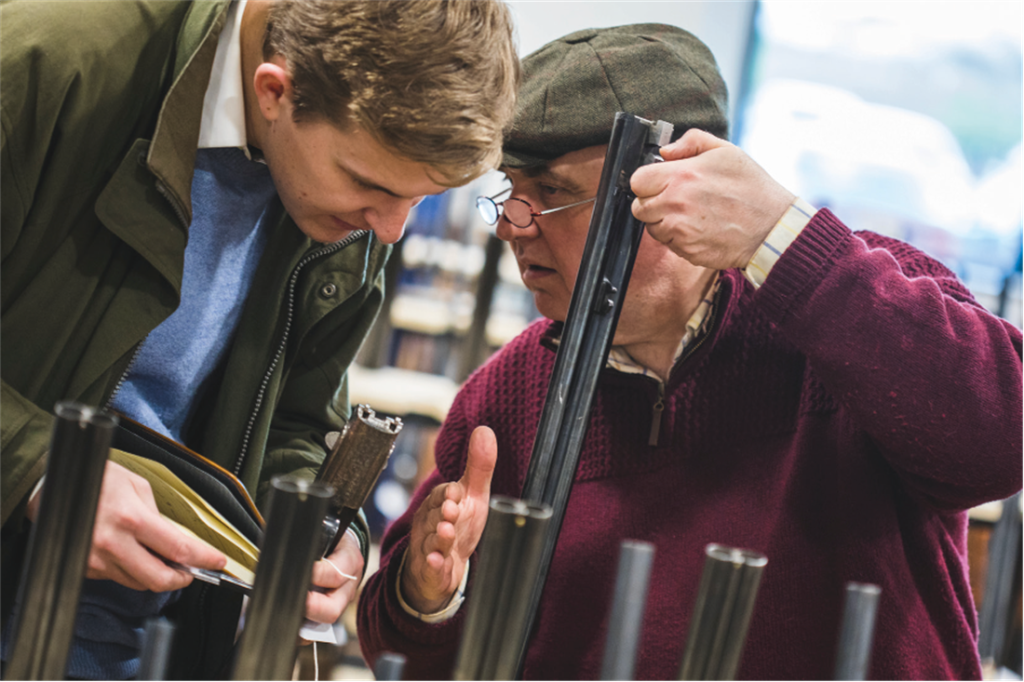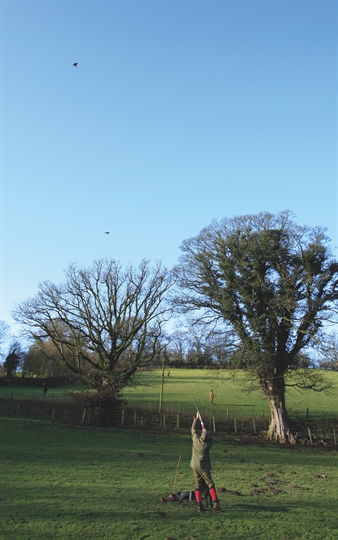Shotgun Q&A
No problem goes unsolved as Sporting Gun puts your questions to the shotgun experts
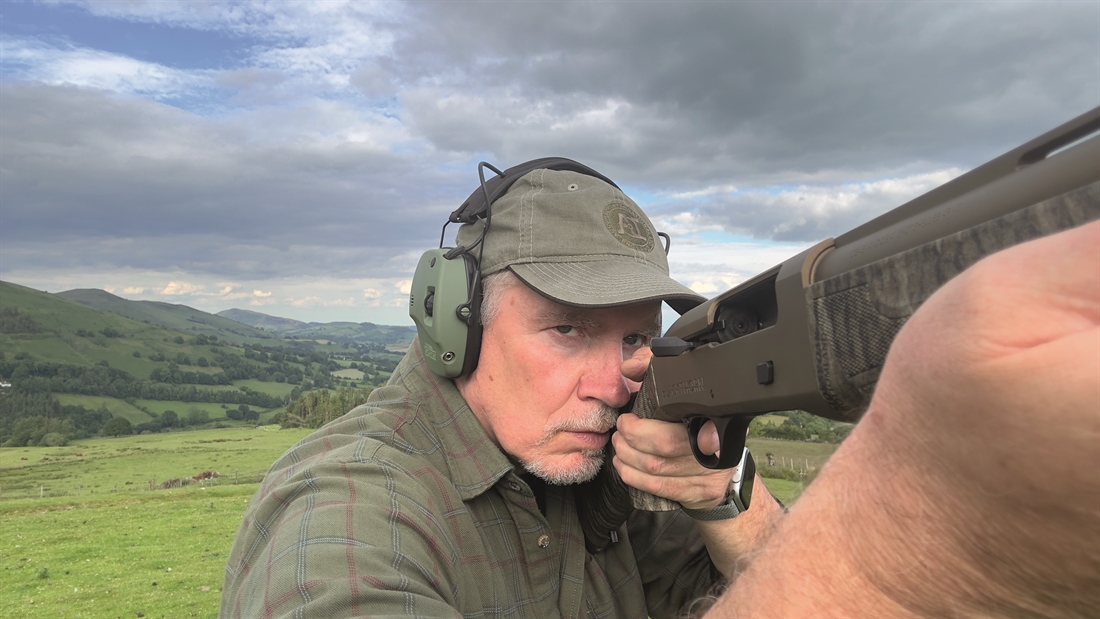
The eternal question
I’m struggling to shoot with both eyes open. I’m a beginner, and while most online advice recommends this approach, it doesn’t seem to work for me. Any tips?
Paul Austin replies: This is perhaps the oldest question in the shotgun game. In an ideal world, shooting with both eyes open is arguably the better option, but there are competition winners and great shots on both sides of the aisle.
The truth is, it’s all about the individual. I am a prime example, left-handed and left-eye dominant – but not by much. If you’re being taught by someone who is very dominant in one eye, it’s difficult for
them to understand that your sight picture isn’t necessarily the same as theirs.
Because of my relatively weak eye dominance, I tend to squint or even close my right eye at the very last instant, then immediately open it again if there’s another bird in the offing. Why? Because that’s what works for me – simple as that.
What you mustn’t do is start the shot with your weak eye closed. Doing that greatly reduces your field of view, ruins your perception of movement and distance, and hugely impacts how quickly you pick up the target. I only close or squint my right eye for an instant when
the gun is mounted and I’m already on the target. Far more important than ‘one eye or two’ is awareness, initial tracking and getting the line. For this crucial pre-shot stage, both eyes offer a huge advantage.
I often see people clamped down on the gun, holding on like their life depends on it prior to the release. Their vision is impaired, their tension and stress levels are through the roof, and if that’s
compounded by closing one eye, you’re basically pointing the gun at a patch of sky and aiming rather than tracking and pointing, and have no hope of swinging into and through the target.
For running rabbits and close targets, there’s no time to complete your mount. You have to be ready. But this is an instinctive shot rather than a tracking shot. Most shots on the clay ground or in the field are tracking shots.
If your head is off the stock with both eyes open you can get the line. That’s the key. Once you have that, you can swing and point rather than aim. If you aim, the barrels stop and you’ll miss. If you keep both eyes open when it doesn’t suit you, and are forced to glance back at the bead, the barrels will stop and you’ll miss.
It’s that moment of indecision caused by weak eye dominance that is the killer, so you should learn to squint or close an eye at the last second if it stops you glancing back at the barrels. If you take your eye(s) off the target for just an instant, the swing stops and the opportunity will be missed.

